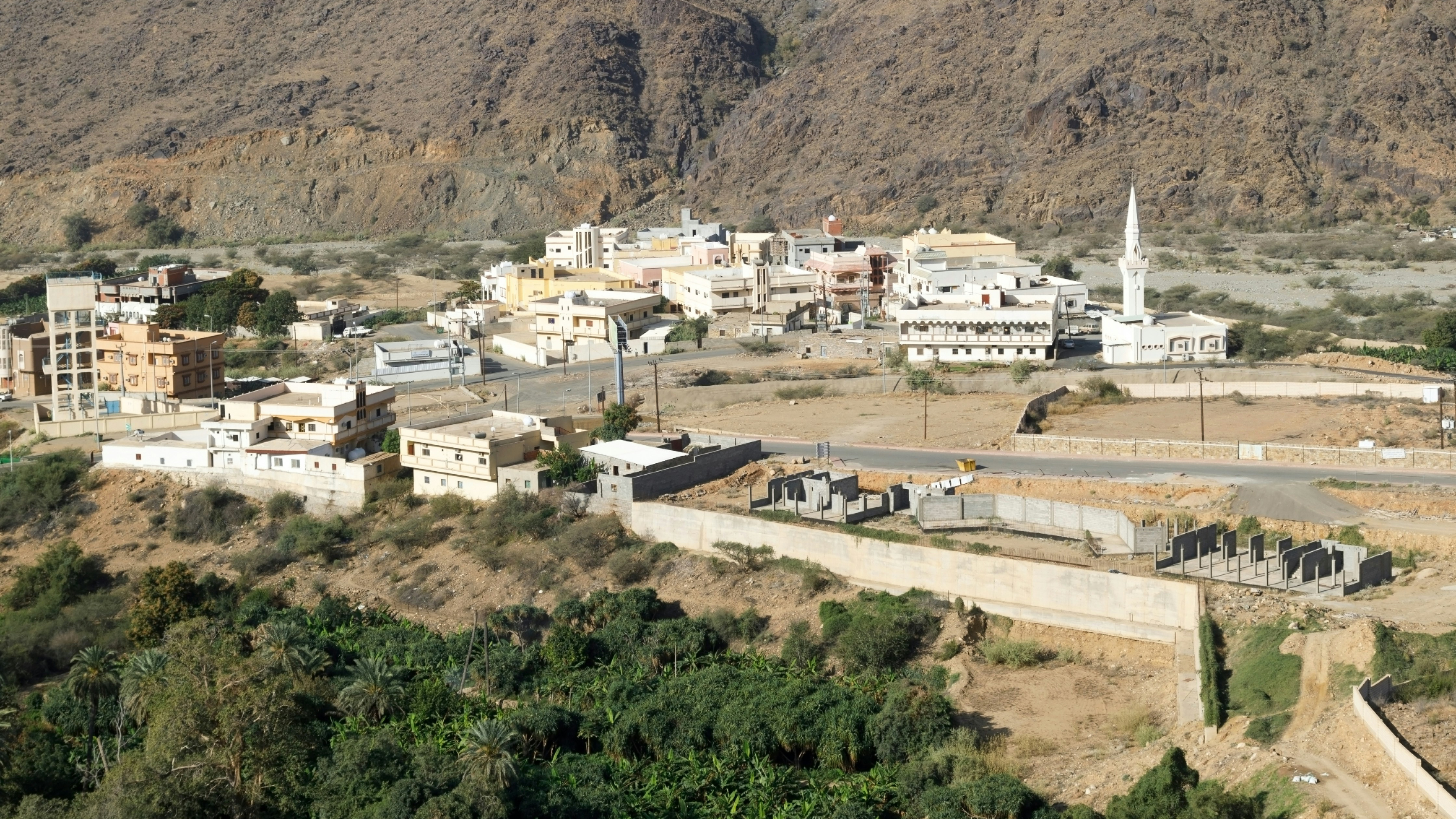What will 2050 look like?

Predictions were collected from futurists, experts, and everyday people. Image: REUTERS/Gary Hershorn
THE WORLD IN 30 YEARS
While companies like Microsoft and IBM have presented their own visions for the near future, Kaspersky labs, an anti-virus software company, has presented its predictions for the year 2050 in order to mark the company’s 20th anniversary. The predictions were collected from futurists, experts, and everyday people and are displayed on an interactive map of the world.

The interactive 3D globe has several interactive points in different colors. The gold points are fully interactive, allowing users to explore cities like New York, Chicago, Barcelona, Shanghai, and Dhaka in full 360-degree views that accommodate virtual reality. The white points provide predictions without visuals. Users can access the site for predictions ranging from 2030 all the way to 2050.
FUTURE FORTUNES

Dhaka, Bangladesh seems to have gotten the short end of the stick. According to the Kaspersky predictions, in the year 2050, sea levels will have risen by almost a few dozen centimeters, flooding coastal regions to abandonment. While prospects of global solutions are promising, they may come too little, too late for some parts of the globe. While richer and more experienced countries like Denmark and the Netherlands may equip their coastal regions with the protection they need, countries like Bangladesh may not be capable.

New York City in the year 2050 just might be the futuristic paradise that we’ve all been waiting for, packed with enhanced humans, augmented reality, green skyscrapers, private energy, and so much more. Communication and accessibility will be at an all-time high, with fast food, entertainment, and news ready for our consumption at our will.

When it comes to Shanghai, experts predict that there will be multifunctional skyscrapers looming over the horizon. The buildings will have floors dedicated to manufacturing, offices, shops, entertainment centers, educational centers, and residential areas, allowing people to live full lives without ever needing to leave the building.
Don't miss any update on this topic
Create a free account and access your personalized content collection with our latest publications and analyses.
License and Republishing
World Economic Forum articles may be republished in accordance with the Creative Commons Attribution-NonCommercial-NoDerivatives 4.0 International Public License, and in accordance with our Terms of Use.
The views expressed in this article are those of the author alone and not the World Economic Forum.
Stay up to date:
Technological Transformation
Related topics:
Forum Stories newsletter
Bringing you weekly curated insights and analysis on the global issues that matter.
More on InnovationSee all
Awais Ahmed and Srishti Bajpai
November 11, 2025







